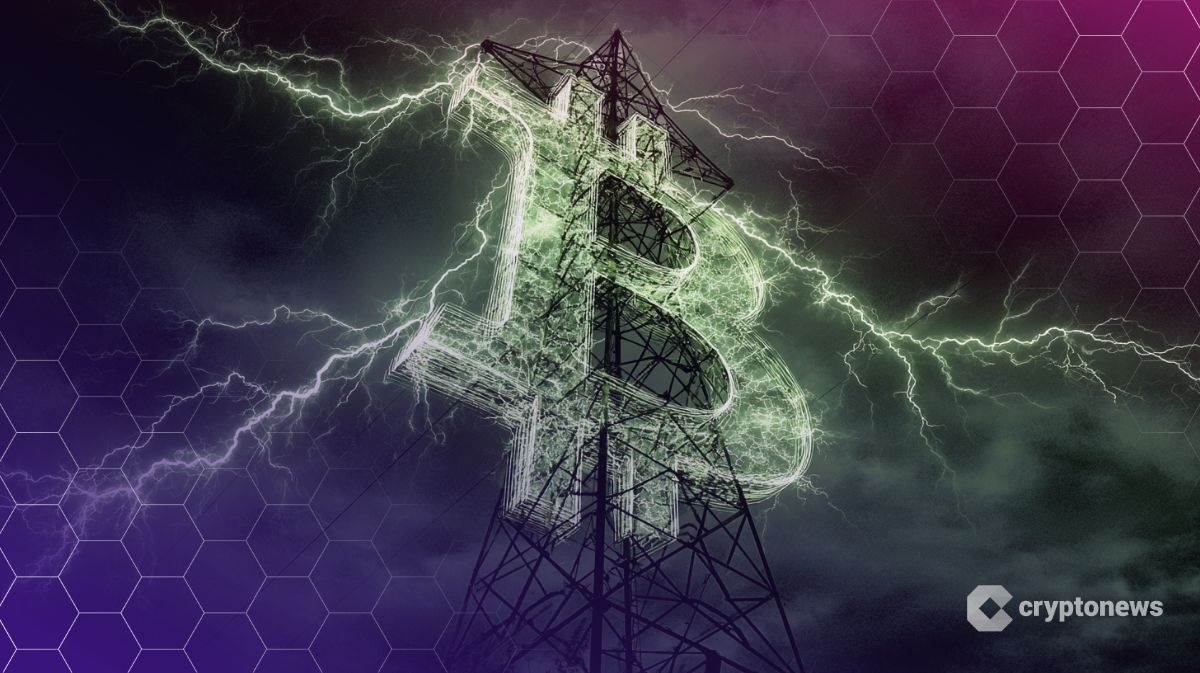Trump personally appointed Powell 7 years ago, but now he is trying his best to force him to resign
Author: Fairy, ChainCatcher
Editor: TB, ChainCatcher
Can “renovation” also remove the Chairman of the Federal Reserve?
Trump began to "bombard" Powell during the election, and now he is using the renovation controversy to "force the palace". This seemingly outrageous political drama is pushing global market sentiment to a critical point.
What kind of pressure is Powell under now? If he is really forced to leave office, what kind of storm will it cause?

Trump and Powell: Seven years of love-hate relationship
The conflict between Trump and Powell boils down to one sentence: one wants to cut interest rates, the other refuses to do so. The two have been deadlocked since 2018 over this core disagreement.
Interestingly, Powell's appointment was actually appointed by Trump. In February 2018, Powell officially took office as the chairman of the Federal Reserve, nominated by Trump. At this time, Trump expected Powell to implement loose monetary policy to support economic growth.
In October 2018, Trump publicly criticized Powell for the first time, saying that the Fed's rapid rate hike was the "biggest threat" and accusing Powell of being "crazy." The conflict between the two began to become public, and Trump continued to put pressure on Powell, and the war of words continued.
In 2022, Powell was nominated by Biden for reelection, and his term was extended to May 2026. After the 2024 election, the situation escalated further. Whether during the campaign or after winning, Trump continued to criticize Powell for "acting too slowly and not cutting interest rates effectively." In the past few months, Trump has called for Powell's resignation many times.
However, it is not easy for Trump to replace Powell. According to US law, the president has no right to remove the Fed chairman due to policy differences unless he can provide evidence of "illegal or serious dereliction of duty."
The real breakthrough came in July this year. The Trump team suddenly threw out a "new script": Trump asked Congress to investigate Powell on the grounds of "political bias" and "making false statements in Congress", accusing Powell of major violations in the renovation project of the Federal Reserve headquarters.
During this period, rumors that Powell was "considering leaving" circulated, causing the whole thing to ferment rapidly. The seven-year power struggle reached its climax.

Trump and Powell: Seven years of love-hate relationship
Former Federal Reserve economist Robert Hertzel bluntly stated: "The Federal Reserve has been forced into a corner."
Powell is currently in the "purgatory" of monetary policy: on the one hand, Trump's tariff policy may bring upward pressure on prices, while on the other hand, the labor market has shown signs of cooling. The double threat has brought difficulties to Powell and the Fed's policy making.
If the Fed cuts interest rates too early, it may cause consumers' inflation expectations to get out of control; if it chooses to raise interest rates to stabilize inflation, it may cause bond market turmoil, soaring interest rates, or trigger a "financial panic."
In addition to the economic difficulties, it also faces a fierce political battle. However, Powell chose to fight back against Trump's pressure. He asked the Inspector General to continue to review the headquarters renovation project and rarely spoke out through the Fed's official website, responding in detail to the reasons for the cost increase and refuting the accusation of "luxury renovation."
Powell is facing a difficult moment in his career as he is under pressure from both economic and political fronts.

What happens if Powell leaves?
If Powell cannot withstand the pressure and steps down, the "pricing anchor" of the entire global financial market may loosen.
Saravelos, global head of foreign exchange strategy at Deutsche Bank, analyzed that if Trump forcibly replaces Powell, the trade-weighted dollar index may plummet by 3%-4% in the next 24 hours, and the fixed income market will sell off by 30-40 basis points. The dollar and bonds will carry a "persistent" risk premium, and investors may also worry that the currency swap agreement between the Federal Reserve and other central banks will be politicized.
Saravelos further noted: “More concerning is the current fragile external financing position of the U.S. economy, which could lead to sharper and more disruptive price swings than we forecast.”
In addition, Padhraic Garvey and other ING strategists released a report saying that Powell's early departure is "less likely", but if it happens, it will lead to a steepening of the U.S. Treasury yield curve because investors will expect lower interest rates, accelerated inflation and weakened independence of the Federal Reserve. They also pointed out that this will form a "fatal combination" for the depreciation of the U.S. dollar.
Crypto KOL Phyrex's analysis is more of a risk asset perspective. He analyzed that even if Trump successfully replaced Powell, he might not be able to "single-handedly" control the Fed. Once inflation really rises again, the new chairman will eventually have to return to the tightening path. If the Fed starts to cut interest rates in September under the premise of a stable economy and low unemployment, risk assets may be boosted in the short term, and the crypto market will also benefit. But the current interest rate is still 4.5%, and there is still "a lot" of money to be released later.

If Powell's position is slightly shaken, the market will be shaken. This is not only a game of monetary policy, but also a contest of power and independence.
You May Also Like

A whale deposited 2.73 million USDC into HypeLiquid and opened a BTC short position with 20x leverage

Eskom Grid Surges to 60.6%—Is South Africa Poised for Its Bitcoin Mining Plan?
